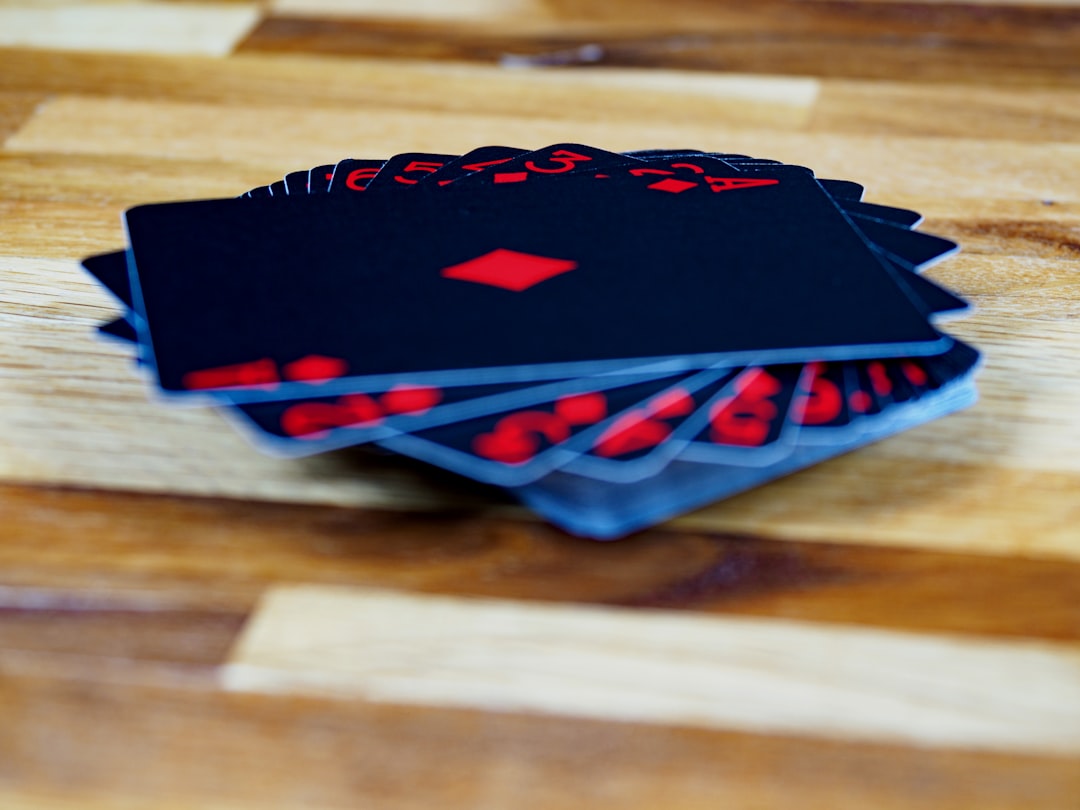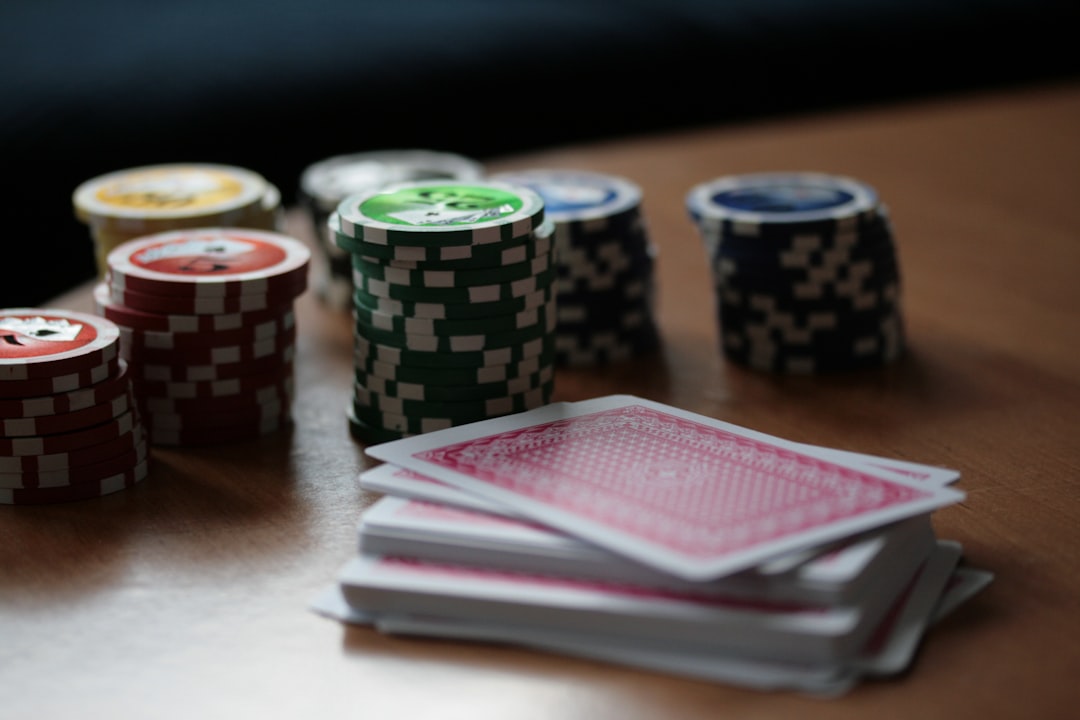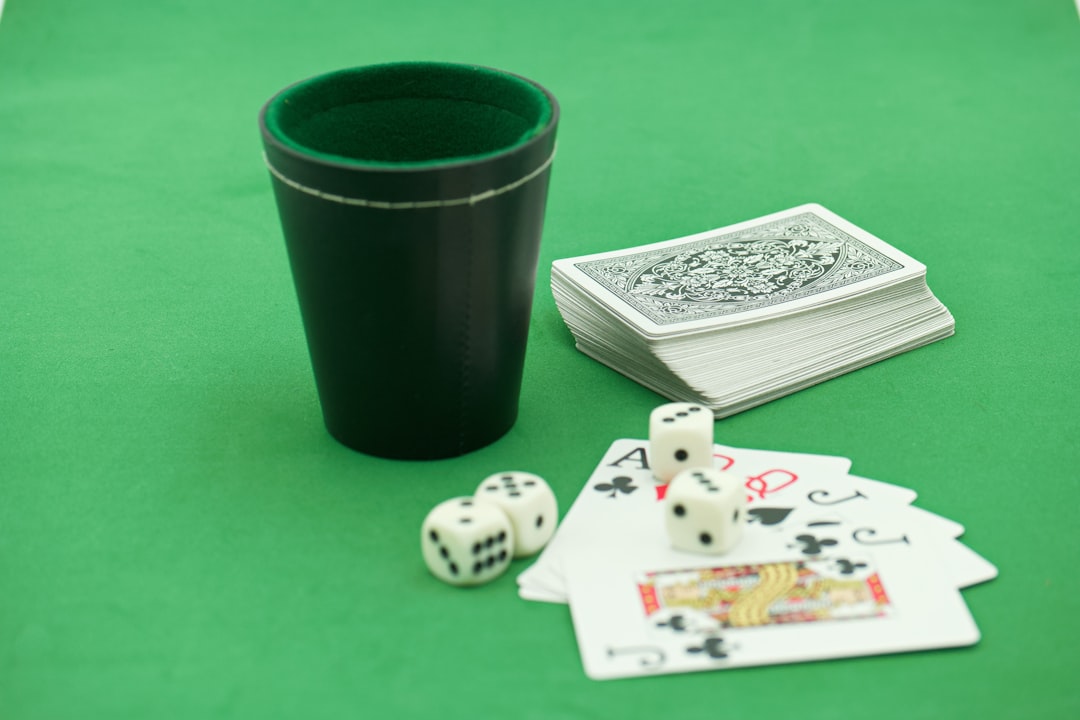In the world of card games, particularly poker, the smallest details can have a significant impact on gameplay and understanding. One such detail that often sparks curiosity among players new and old alike is the concept of the “poker card box.” Though seemingly minor, the meaning behind this term reveals much about card design, game structure, and even professional standards. But what exactly is a poker card box? And what does it indicate?
In this article, we will explore the meaning of a poker card box, its functional purposes, historical significance, and how it can influence poker gameplay. Our aim is to build a serious and trustworthy guide that gives you an authoritative understanding of this oft-overlooked element.
Understanding the Term “Card Box” in a Poker Context
The term card box can be somewhat ambiguous due to its varying usage in different contexts. Generally, in the setting of poker, the box can refer to two primary things:
- The physical container a deck of cards is stored in, often used in home games or professional settings to protect and brand the card set.
- A placement zone on the felt (poker table) known as the “dealing box” or “card box,” which marks where cards are dealt or placed.
Both meanings are valid in poker discussions, and understanding the context is key to interpreting this important term correctly. Let’s dive deeper into each definition to better understand their respective implications.
The Physical Card Box: More Than Just Packaging
On the surface, the physical card box seems to be a simple packaging item that stores the deck. However, in more professional and tournament-level poker, the card box serves several critical purposes that go beyond basic storage:
- Security: Sealed card boxes ensure that a deck has not been tampered with, maintaining the game’s integrity.
- Brand Identification: High-quality card manufacturers such as Bicycle, Copag, and Bee often display their branding prominently on the box. In televised tournaments, this helps with sponsorships and brand recognition.
- Deck Authenticity: Many competitive poker rooms use card boxes that are marked with official seals. These are shredded or destroyed after a game to prevent re-use, further preventing manipulation or cheating.
In many online poker forums or collector communities, the box that holds the cards is also examined as an item of interest, often for its design aesthetic, print quality, and the logo of the issuing casino or tournament.

Tabletop Placement Box: The Dealing Zone
The term box in poker can also refer to a specific area on the felt often outlined with rectangular markings near the dealer’s layout. This is usually referred to as the “dealing box” or “card box,” and it plays a fundamental role in the mechanics of hand distribution and control.
This space is used for the following purposes:
- Card Dealing: Cards are dealt into this zone before being passed to players. This ensures all players can verify fairness.
- Burn Cards: In many games, burn cards are placed into or near this box to isolate them from the round, preventing cheating.
- Misdealt Cards: Any accidental card placement into the box may have consequences, such as calling for a misdeal depending on the house rules.
Understanding this layout is crucial for poker etiquette, especially in professional games like those conducted by the World Series of Poker (WSOP) or the World Poker Tour (WPT).
“In the Box” Mistake: An Important Poker Rule
One of the most misunderstood actions associated with the poker card box is when a player accidentally throws cards “into the box.” This is often a phrase used to describe situations where cards enter an area reserved for mucking (discarding) cards, or into a region that makes them invalid.
For example, in many live poker games, if a player folds their cards and they enter the dealer’s muck pile — also referred to casually as “the box” — the action is considered final. Even if the player didn’t intend to fold, once the cards enter the box, they are dead and cannot be retrieved.
This rule emphasizes the seriousness of intent and clarity in actions at the poker table. It’s an example of how even a minor element like the box can shape major outcomes during a game.

Poker Terminology That Stems From the Box
The use of “box” in poker has also given rise to several phrases and colloquialisms that are common in player communication. Below are a few examples:
- “In the box” – Refers to cards or chips that are now in play according to poker rules or considered official and final.
- “Boxed card” – A misplaced card that’s turned the wrong way in the deck; without proper alignment. Most rules require it to be ignored or replaced during the deal.
- “Out of the box thinking” – Often used figuratively when a player makes a non-standard play that still produces results.
Understanding these terms adds to a player’s language proficiency and confidence around the table. Being well-versed in poker jargon often results in faster learning and greater respect among seasoned players.
Boxed Cards vs. Misdeals: Knowing the Difference
A boxed card — meaning a card turned 180 degrees or facing the wrong way in the deck — is not necessarily a cause for a misdeal. Professional card rooms have specific protocols for handling boxed cards:
- If a single boxed card is found during the deal, it’s typically set aside and a replacement is drawn from the top of the deck.
- If two or more boxed cards appear or are dealt, this could indicate tampering or a shuffled error, which often results in a misdeal.
Again, knowledge of how boxed cards affect the deal ensures fairness and maintains confidence in the game’s integrity.
Historical Context of the Card Box
The widespread use of standardized card boxes dates back to the industrial rise of playing card manufacturers during the 19th century. As games like poker gained traction in American culture, card boxes became a way to affirm brand loyalty and build customer trust.
Casinos began to print unique card boxes not just for identification but also as anti-counterfeit measures. Some of the oldest casinos in Las Vegas used card box designations to denote particular eras of operation. Collectors today prize vintage poker card boxes from defunct casinos due to their historical and monetary value.
Why the Card Box Still Matters Today
Despite evolving game formats, the poker card box retains a vital role in maintaining order and security. Whether as a physical object that ensures deck integrity or as a designated tabletop area that structures card distribution, the box encompasses more than its simple name suggests.
Comprehending what the card box indicates can help players:
- Navigate rule disputes more intelligently
- Understand game flow and etiquette
- Recognize instances of potential cheating or error
Being aware of the minimal yet important role the card box plays is a small step toward higher poker proficiency and adds another layer to understanding this elegant and strategic game.
Final Thoughts
The next time you sit down at the poker table, take a moment to notice the card box—whether it’s the plastic container cradling a brand-new deck or the rectangle on the felt where cards are smoothly dealt. Its silent presence and functional purpose speak volumes about the meticulous nature of poker. Understanding the card box means you respect the game’s traditions, mechanics, and the trust between players that keeps it fair and competitive.

